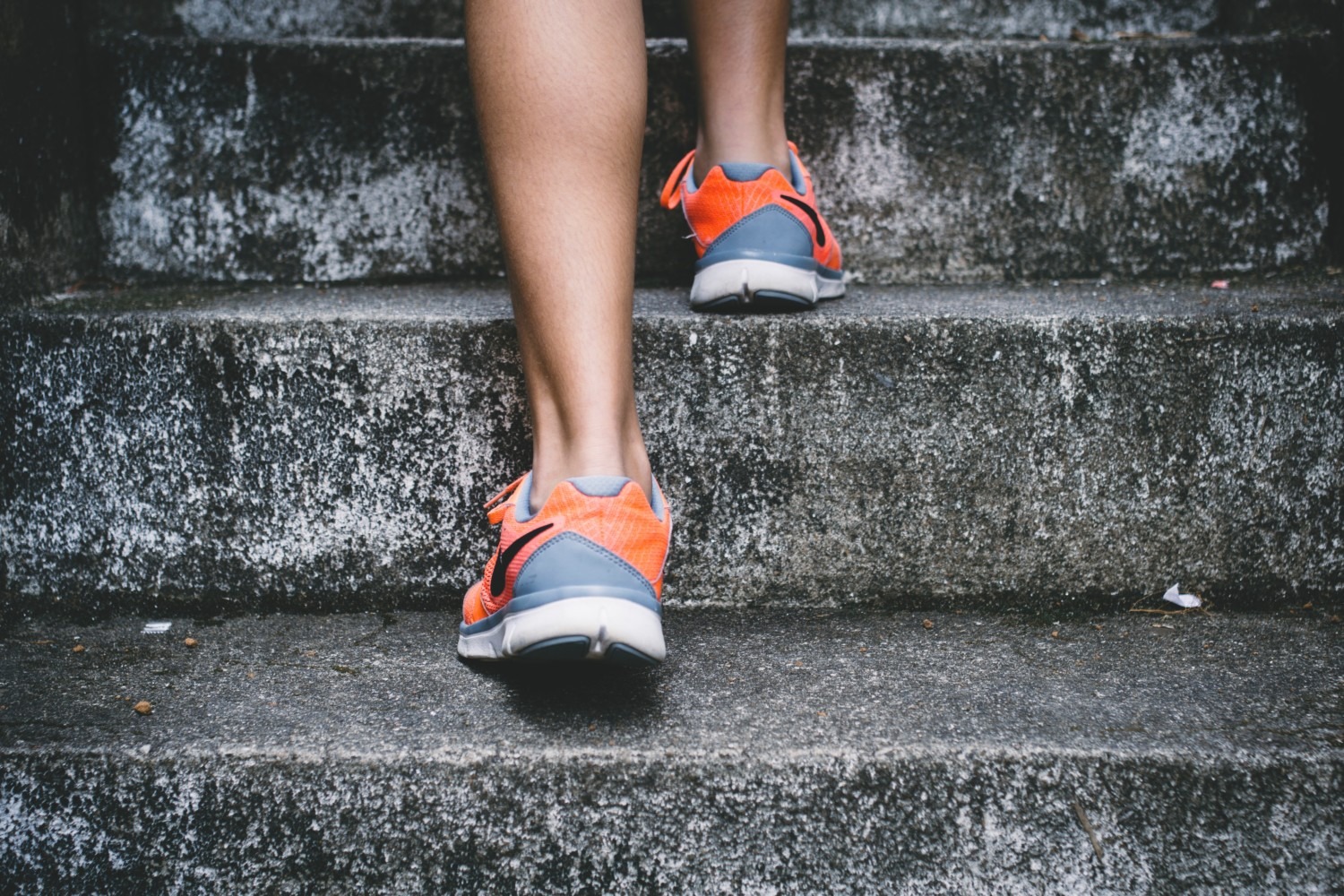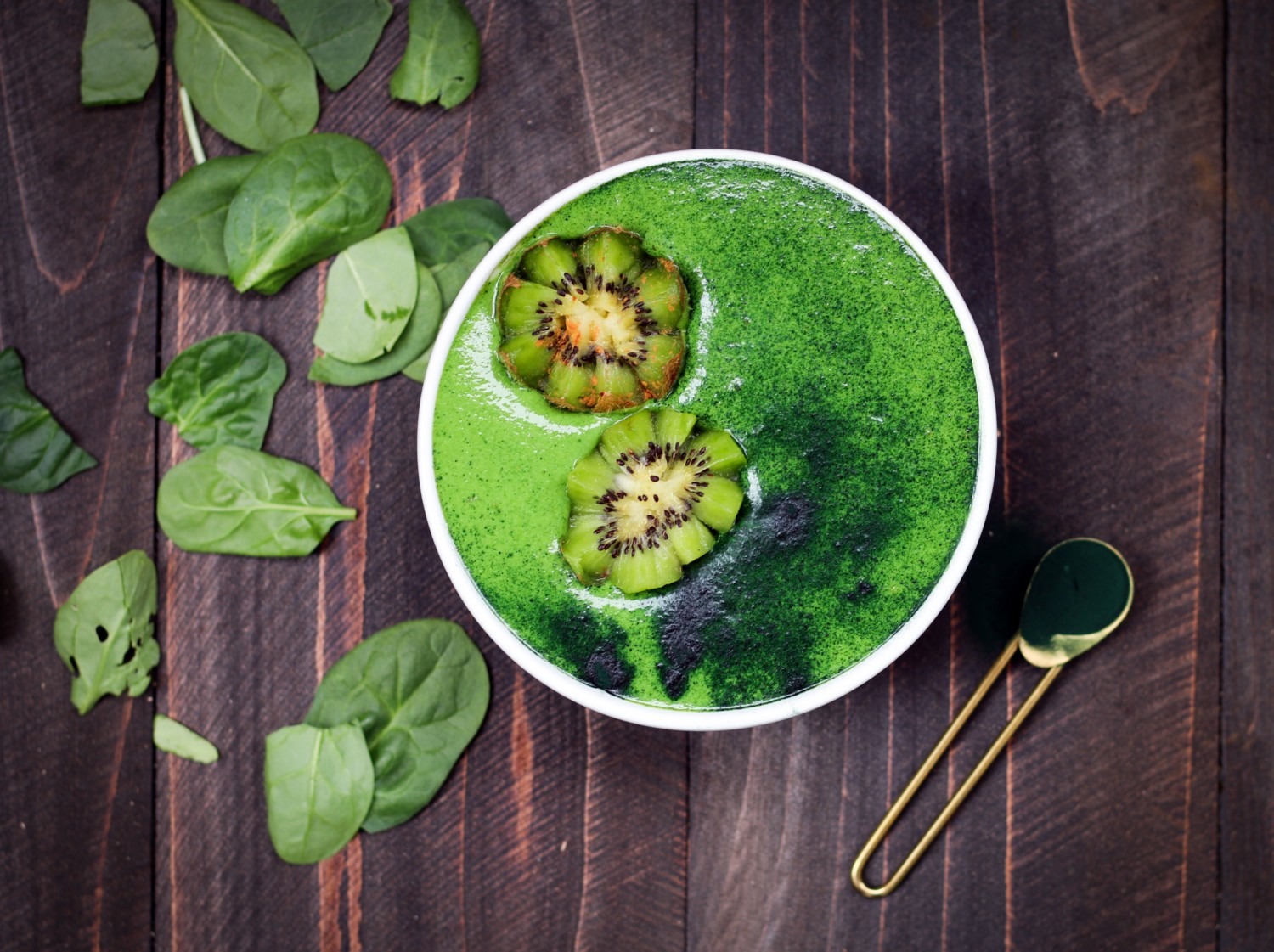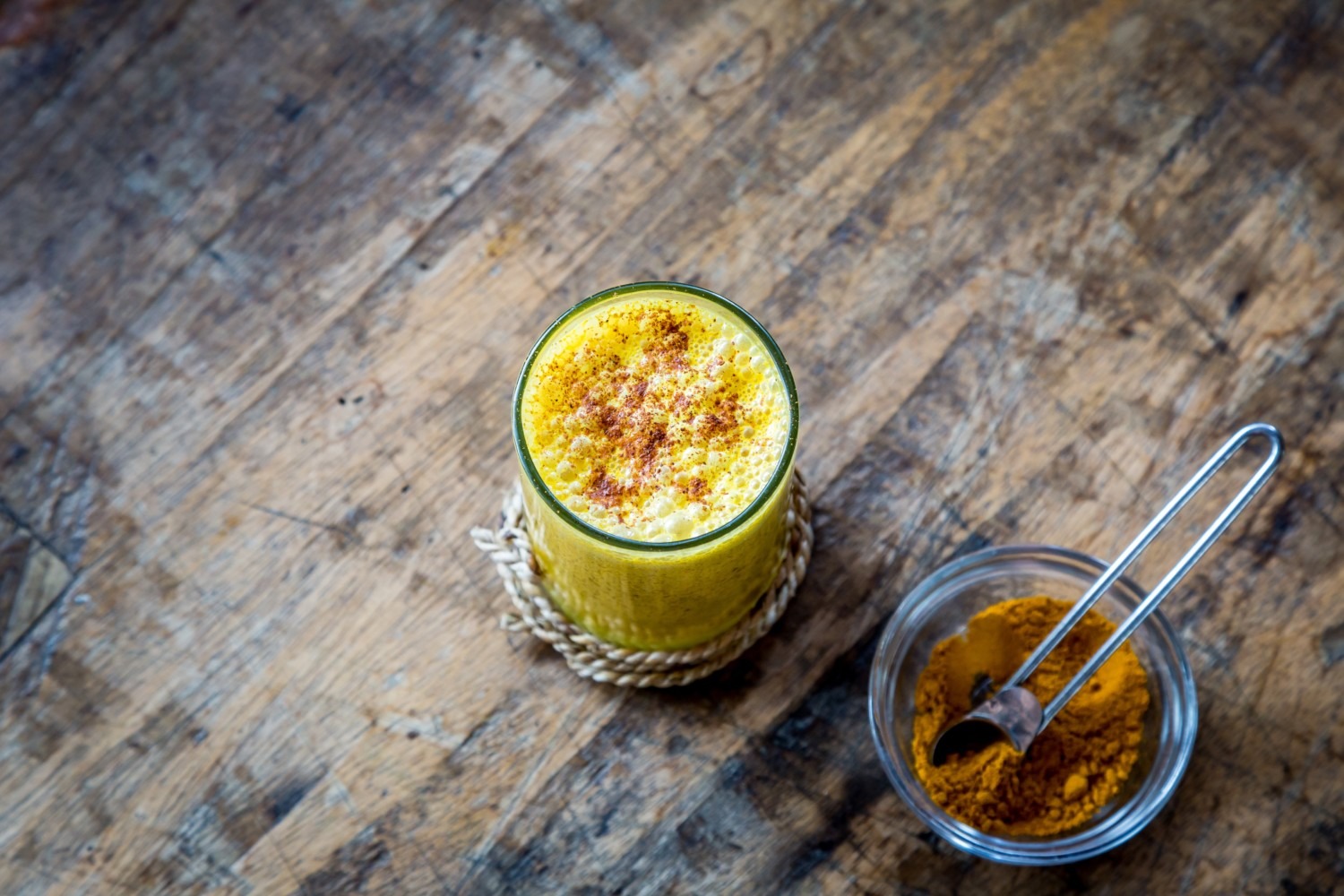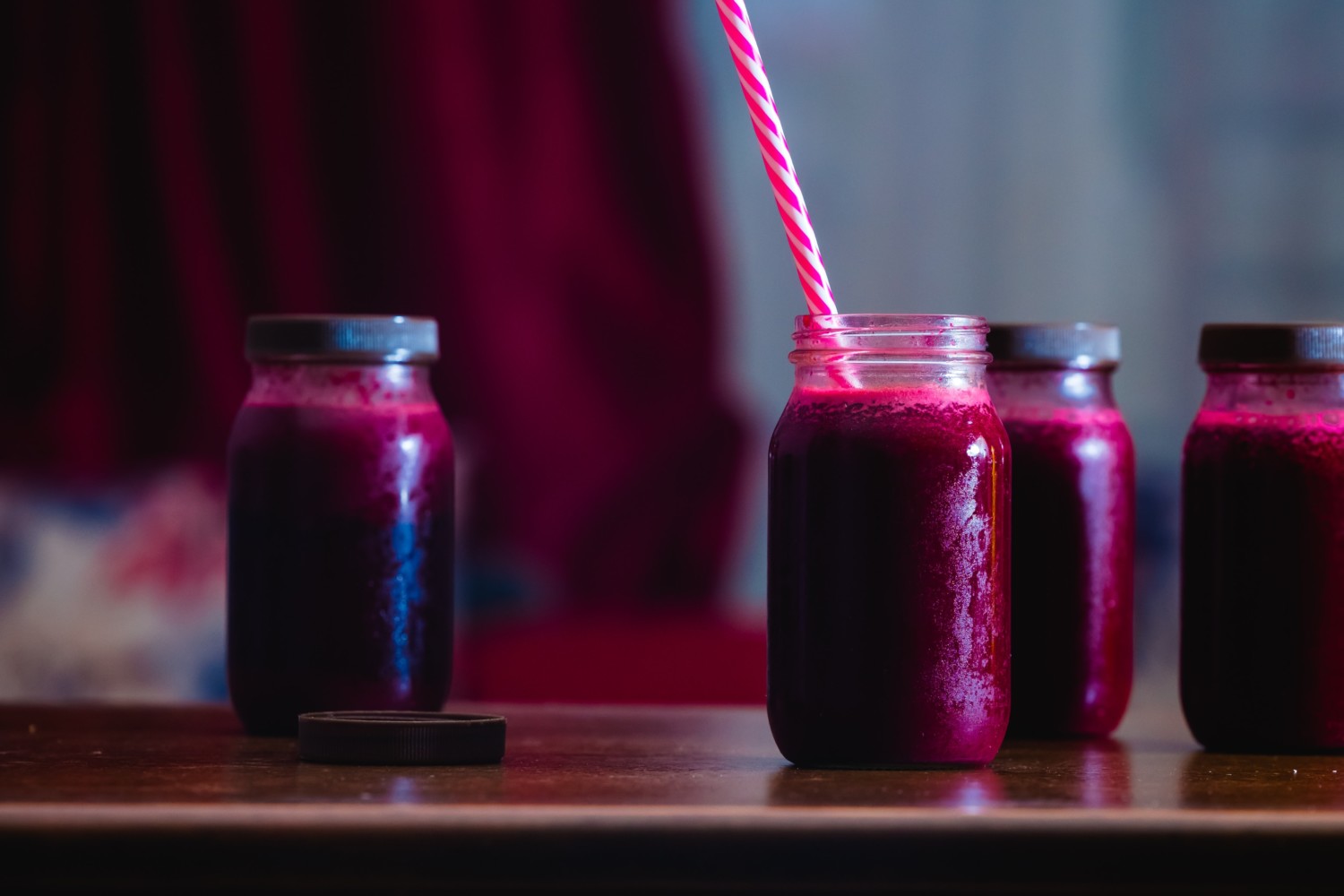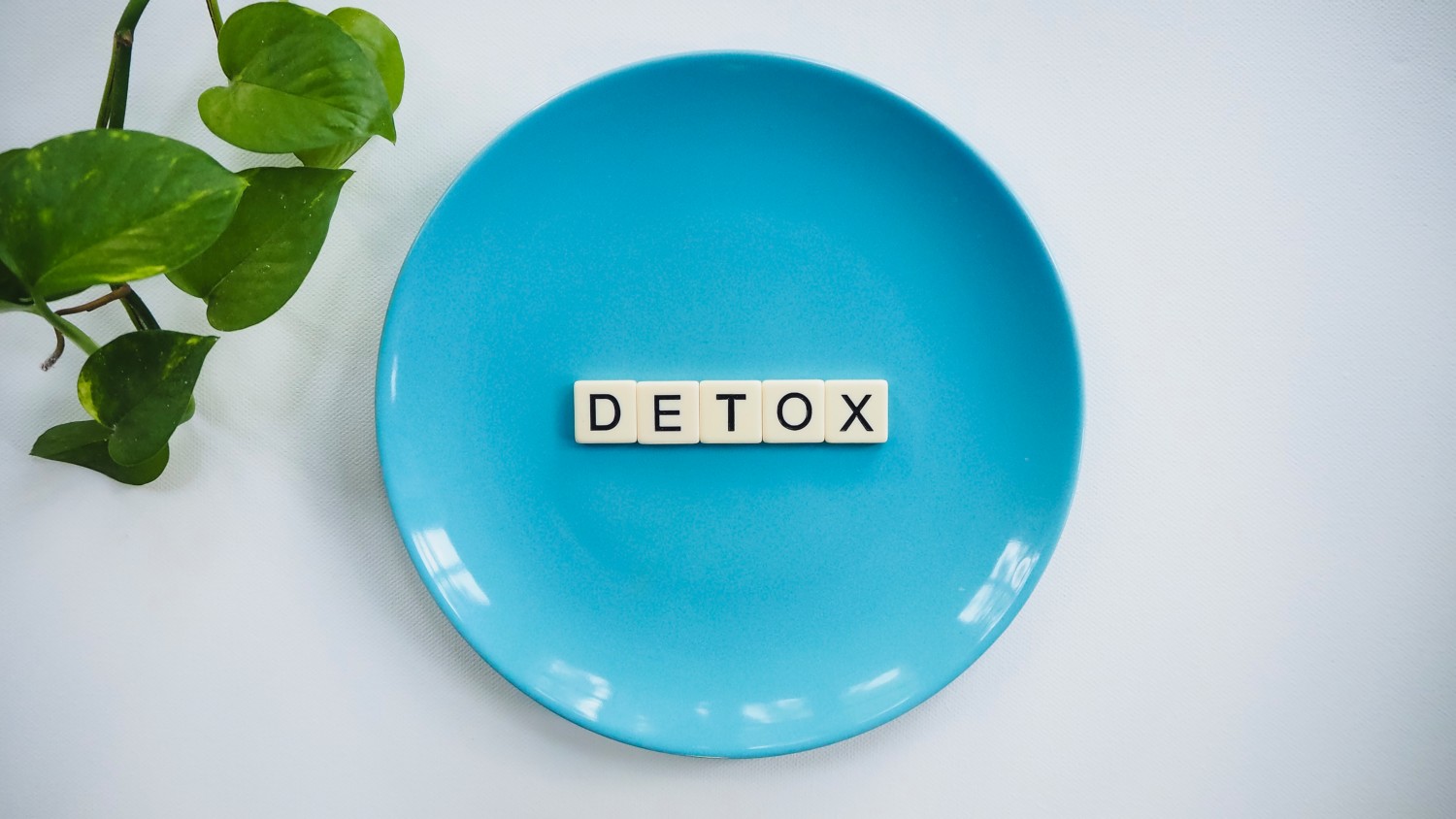
Nourishing Ayurvedic Practices for the 3 Doshas
January is often a time when we make intentions and resolutions to create change in our lives. After the full energy of the holidays and New Year, it’s time to give our bodies – our digestion and our minds a little break.
Often times we abandon New Years Resolutions as we focus on getting rid of a negative behaviour, rather than cultivating beneficial ones. Let’s introduce simple realistic changes this January, rather than drastic ones that can be overwhelming rather than nourishing.
Probably our biggest issue these days is stress (see Ayurveda and Yoga to Dissolve Stress article), so we don’t want our New Year’s Resolution to create more stress. Here are simple ways each dosha can facilitate the release of toxins, improve sleep and focus and therefore reverse the effects of stress.

Cleansing is a vital part of an Ayurvedic lifestyle. There are various forms of detoxification and cleansing in Ayurveda – some, like panchakarma treatment, should be done under the supervision of a doctor, but we can integrate simple practices into our daily lives to facilitate a gentle cleanse.
The digestion is the seat of our health according to Ayurveda – and these days we are often putting in too much of the wrong thing and relying on processed foods. Also, we digest our emotions, our conversations and interactions as well so this can impact our physical digestion. We know how much stress can affect our digestion – some of us might forget to eat when stressed, while our friend or partner might comfort eat.
What Are Toxins?
According to Deepak Chopra “Your natural state is health, balance, and happiness. A toxin is anything that enters your body-mind and interferes with your natural state, creating imbalances that, over time, can lead to illness.
- Physical toxins found in your food, personal and household products, air, water, and other elements of your environment
- Emotional toxins, such as negative thought patterns and beliefs, self-criticism, chronic stress, and painful experiences that you haven’t fully digested.”
We can clear out our kitchen cupboards of chemical cleaning products and processed foods, but we also need to take an inner inventory – what are our habitual self-beliefs that limit us; what are our preoccupying worries and fears and how does that impact our decision-making and our well-being? Ayurveda, just like yoga, is a process of self-enquiry. Real change can happen when we look at our habitual choices.
Start by setting a conscious intention. Do not focus on a negative behaviour you want to get rid of – but focus on how you might feel if you let go of that toxic behaviour. Again, so many resolutions do not work because if we say ‘I want to give up chocolate or smoking’ we often focus on what we are giving up/ lacking/missing/ craving – rather than the feeling of well-being or lightness that we might feel. A useful intention is to drop the ‘I want’ and simply say – I AM HEALTHY – I AM ENERGISED.
Three simple things each dosha can do to feel revitalized
In Ayurveda, there are three body types or doshas. Pitta, Vata and Kapha. We are often a combination of two types, so the guidelines below focus on the dominant dosha.
Pitta people are decisive and take action – they love to be involved in everything and can be a little competitive (with themselves as well as others). When Pitta is out of balance, there is a lot of heat and it is felt as indigestion, inflammation and sometimes anger and frustration.
Pittas can start their day with:
Hot water and lemon – this is a gentle liver detox.
- Then before you roll our your yoga mat, sit, make a conscious intention for your day and do short meditation or sitali pranayama (cooling breath over the rolled tongue).
- The intention for yoga practice should be cooling and slow – focusing on subtlety and not the clock or the yoga mat next to you. If you are doing a self-practice, include lots of twists for the liver – a good internal massage.
- A green vegetable smoothie and some aloe vera juice is good for cooling Pitta. (Eat your fruits for fibre, vegetable smoothies are best)
- Simple tridoshic diet at the end (tridoshic – is balancing for all 3 doshas)
Vata people are creative and dynamic, but tend to burn out quickly. They have a lot of nervous energy and tend to have insomnia, anxiety or restlessness of body and mind.
Beneficial Practices for Vata:
- Sip cumin tea (boil hot water with a tsp of cumin seeds) and you can drink this throughout the day – it is calming for Vata tummies and colons.
- Sleep is a big issue for Vata types, so our focus here is on a good night’s sleep. Naturally sleep is when we rejuvenate and make many of our hormones.
- Massage the soles of your feet with almond or sesame oil before bed.
- Golden Milk – turmeric infused drink before bed really helps to induce sleep and balance hormonal function (recipe at end).
- Hopefully if Vata sleeps well they will wake refreshed, then they can roll out their mat for a gentle practice with lots of seated postures , grounding exercises and intentions and a long savasana or yoga nidra.
Kapha people tend to be stable, calm and collected but that stability can lead to stagnancy so Kaphas need to move and energize themselves. Long-held stress can also manifest as depression in Kapha types, so again we look to elevating practices.
Morning Practices for Kapha:
- Kapha types should start their day with Hot Water and Honey (a teaspoon of honey is good for releasing long-held toxins)
- Kapha people need to roll out their mat straight away and start with some rigorous and repetitive sun salutations to get their energy elevated. Keep your practice upbeat and energized – you can still have a savasana at the end.
- Make an ABC juice (apple-beetroot-carrot) maybe with a little ginger; it’ll boost immunity, reduce mucus and stimulate sluggish digestion.
Tridoshic – Eat a Simplified Diet
Ayurveda encourages moderation and balance – tuning into what we need and listening to how our bodies react to certain foods and tastes.
Simplifying your diet gives our bodies time to literally rest and digest and can give us the benefits of a mild detoxification, stimulating sluggish digestion and elimination.
Kichadi is a simple pre-digested food which does not tax our digestive systems and is good for all doshas. See recipe at the end.
-
-
- Some foods however healthy they may seem can bloat certain types. Listen to your body.
- Avoid raw food and salads if you want to give your body a rest. Make light vegetable soups or steam your vegetables instead. You can sprinkle with pumpkin and sunflower seeds to add texture.
- Fennel seeds are also a good detoxer – you could add a tsp of fennel seeds to hot water and sip after a meal – it’s a gentle detox.
- Basmati rice and quinoa are easier to digest than other grains.
- Cook your fruits! Avoid raw fruit, so poach fruit and soak dried fruit to make it easier on the digestion. Don’t overdo the dried fruit as it is high in sugar.
- Limit or Avoid meat products, dairy, processed foods, fried or fermented foods, sugars, even leftover foods (which can become toxic), caffeine and chocolate.
- Triphala is considered a tridoshic rasyana – which means it is beneficial for all three doshas. This ayurvedic herb is a digestive support which encourages elimination. You could take triphala as directed before bed to improve elimination.
When to eat
According to Ayurveda, we should finish eating by 6pm to give our bodies time to digest before bed. This might be challenging, but at least try and take your larger meals at breakfast and lunchtime and eat a light supper, preferably soup.Other Nourishing Practices
- Turn off your mobile phone – give yourself a digital detox (at least a good hour before bed and on waking….)
- Listen to an inspiring podcast – thefutureisbeautiful.co
- Practice yoga nidra – you can find loads online – on soundcloud or check out yoganidranetwork.org
- Go for a walk – even if its cold – wrap up warm and get some fresh air.
- Practice a simple alternate nostril breathing (a 4:8 count is great – anything where the exhalation is longer than the inhale helps us dissolve stress).
*These are great practices during your detox or to help you integrate time and balance into your daily life.
-
Conscious Eating Recipes
Kitchidi (Mung Beans and Rice)
This is a wonderful year-round food that is easy to make and has infinite variety depending on your choice of vegetables. It is great for people on a budget. Mung beans are amazing for your digestion.
1 Cup mung beans 1 t turmeric/ haldi 1 Cup basmatti rice 6-8 peppercorns 9 Cups water 1 t garam masala ½ cup sesame oil Salt, Soy, Tamari or Bragg’s to taste 4-6 cups chopped vegetables of choice Add other herbs or spices that you like – experiment! Maybe fresh coriander for garnish. 1 onion chopped 2 bay leaves/ or handful curry leaves 1 inch chopped fresh ginger root 5 cardamon pods ½ tsp mustard seeds Pinch asafoetida (hing)
8-10 cloves garlic minced
½ t crushed red chiles
(HOT! More or less to taste… optional)Soak mung overnight ideally – unless you can find split mung and then you can soak for a couple of hours. Wash beans and rice. Bring water to boil, add rice and beans and let boil over medium heat. (you can also cook rice separately if you prefer) – I tend to do this to avoid starch). You need to keep skimming foam/froth from top of mung beans. You can add cracked cardamom pods/ bay leaves/curry leaves (or cinnamon bark if you want to try something different) and peppercorns to water and a pinch of asfoetida (hing).
Heat oil and add mustard seeds in a frying pan and pop! Then add whatever ground spices you like, but namely turmeric (very healing) another pinch of asafoetida (de-gasses lentils!) and then garam masala and whatever else. For Vata, add more cumin to aid digestion. Then once spices are cooked together briefly, add onions and lots of garlic and ginger (holy trinity!) or if you prefer you can omit the holy trinity. Keep stirring – it does have a tendency to catch on the bottom – you can always add more water if needed. Add to the pot of mung and rice. You can cook vegetables within the pot or separately. Salt to taste.
Experiment with different lightly cooked seasonal vegetables.
Golden Milk Recipe
1/8 teaspoon turmeric – 3 cardamom pods (optional)
¼ cup water (approximately… add more water if this gets too dry)
Simmer 5 to 7 minutes, then add:
1-cup milk, soy milk or almond milk – 2 tablespoons almond oil (optional – but good for oleating the digestive tract).Bring the liquid to the boiling point. Do not let it boil! Add honey as desired to taste (this naturally makes one cup… you can make extra turmeric paste and keep in the fridge for up to 40 days.)
Viriam Kaur
Teacher of Yoga Philosophy at Himalaya Yoga Valley
Viriam has been teaching Yoga, Meditation and Awareness Practices for over 15 years and is a Senior Teacher registered with Yoga Alliance Professionals. She has been sharing philosophy on the Himalaya Yoga Valley teacher training for 8 years. She trained in Kundalini Yoga and Meditation in 2003 and has since studied Yoga Philosophy, Yoga Nidra, Mindfulness, Dance and Movement Meditation and Biodynamic Breath Bodywork.
You can follow Viriam’s teaching on her Instagram and her website.
READ MORE: Yoga for Burnout
-
READ MORE: How Yoga can Reduce Symptoms of Anxiety





